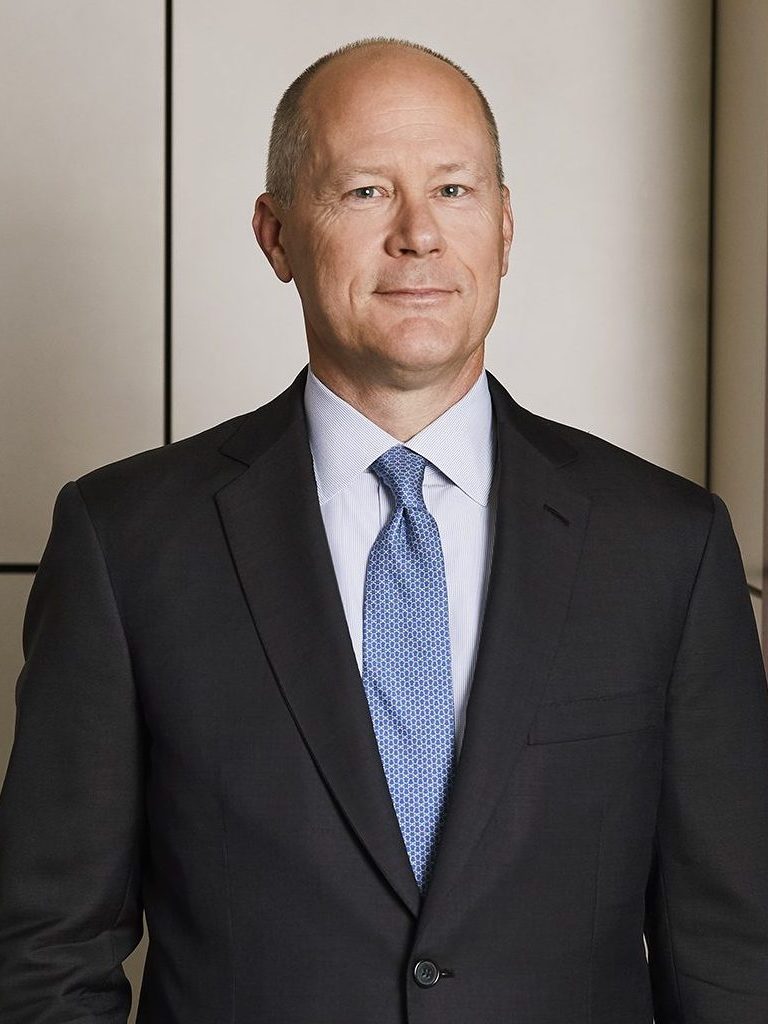Q&A: Dwight Scott on the State of the Credit Markets
More than seven months from the unexpected volatility of the first quarter, global credit markets have staged an impressive recovery, regaining nearly all of their losses year-to-date. We sat down with Dwight Scott, Global Head of Blackstone Credit, to hear his views on the state of the markets, Blackstone Credit’s “cautiously active” positioning, and the areas where he sees opportunity today.

At the start of the year, few could have imagined the impact COVID-19 would have on the economy and credit markets. How has Blackstone Credit weathered the ups and downs of 2020?
We were well-positioned at the beginning of the year to navigate any potential market volatility and challenges, with nearly $30 billion of dry powder heading into April. Our business is very broad—we’re active in investment grade and high yield bonds, leveraged loans, direct lending, mezzanine and distressed debt, energy and we’re a very active originator and manager of CLOs. Across all these areas, we have very experienced teams who have been through numerous cycles in the past. This breadth, along with access to the full scope and scale of Blackstone, gives us an excellent vantage point into markets and sectors around the world. Those insights are a tremendous advantage for our business and have helped us stay cautiously active through this entire period.
How do you define “cautiously active”?
We’re cautious because of uncertainty around the economic recovery in the U.S. and Europe; the companies we lend to have generally outperformed expectations, but parts of the economy are still struggling to restart. At the same time, we’ve remained active by investing in higher-quality companies where the market turmoil has created attractive opportunities.
Our approach has been both strategic and tactical. Strategically, we want to be investing in companies where the underlying business is sound and often supported by a committed private equity firm or sponsor. Tactically, we are focused on moving higher in the capital structure. As a result, we have been very active on the liquid side, in loans and CLOs, where we have been able to move up the capital stack during this period of dislocation. But we’ve also executed some large deals on the private side, like our strategic collaboration with Blackstone Life Sciences on Alnylam Pharmaceuticals, and, more recently, our financing commitment to a large chemical company in Europe. I think our capital and scale have made a real difference for these companies in a challenging and volatile market.
Fed policy has played a critical role in improving credit market conditions. How do you see the interest rate environment evolving from here?
In the 30 years since I started my career, rates have steadily declined. I believe that generational megatrend is coming to an end. I don’t necessarily see rates rising anytime soon, but with the current low rate environment there will inevitably be less wind at our back from declining rates. This very well may result in lower returning credit and equity markets in the near to mid-term. Without the multiple expansion that accompanied decades of falling rates, I believe investors will begin to think differently about their portfolios, looking to underlying earnings growth and current yield as drivers of return.
What does that mean for private credit?
I think private credit should become more attractive. Investors today are searching for yield; record high-yield issuance over the last few months is just one example of that. Lower interest rates, especially when combined with the liquidity flowing into the market from the Fed’s monetary actions, have distorted traditional frameworks for assessing the value of an asset and the related risk. Said another way, liquid markets are pressured to buy when they see inflows, regardless of value. On the other hand, private markets tend to be value-oriented and look primarily to the economic and business fundamentals around their targets. This approach, along with the benefit of private diligence, better control over the terms of an investment and deeper relationships with issuers, will be an especially strong differentiator in this environment. I see private credit as a place where investors should be able to make a better risk-adjusted return.
Where are you seeing opportunities?
As we have heard from Blackstone President Jon Gray, sector focus is increasingly important. We see exciting opportunities in life sciences and technology, which are areas that will likely continue to grow and are accelerating in this environment. On the other hand, areas like commodities or brick-and-mortar retail are increasingly challenged in this environment.
Another area we are excited about is renewable energy. We believe we’ve reached a point where technology and prices have evolved to present interesting investment opportunities. In fact, our latest energy fund has invested heavily in renewables, with several deals this year. We have committed over $1 billion to the space in the last twelve months, including a significant recapitalization of Altus, a market-leading solar power company. We believe these kinds of transactions are great investments for our limited partners and also are in step with Blackstone’s focus on ESG.



